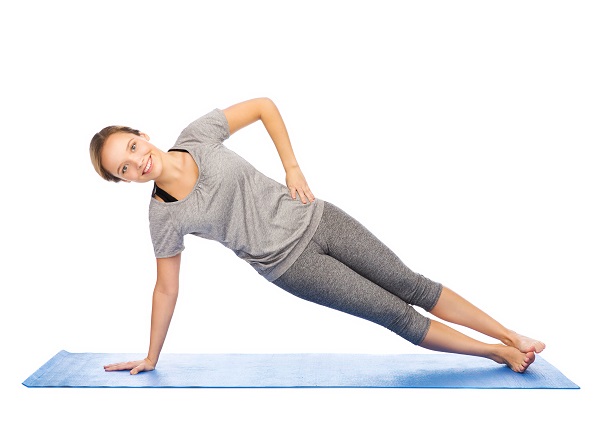Physical activity can seem like a paradox. On the one hand, we know it is an effective way to reduce and prevent pain. On the other hand, for many people, their pain was caused by or is aggravated by exercise. Indeed, even when two people do the same exercise, the one person can find it to be helpful and the other person can find it increases their pain. There are many reasons why this can be, including when and how the exercise is done and what the cause of a person’s back pain is. Often, the results you get depends on what physical activity or exercise is done, how it is done, and when it is done.
Having said that however, the following are 5 mistakes that most people should avoid when performing exercise.
1. Moving your spine when you are lifting, pushing, or pulling.
To determine if you do this, pretend to lift something while placing one hand on your low back. While you go through the lifting motion, do you feel your low back round beneath your hand? If so, you are increasing your risk of injuring your back.
Allowing movement in your spine, while producing force with your spine by lifting, pushing, or pulling things, stresses the outer rings of your spinal discs. When done repeatedly, this will increase your risk of disc injury and may result in disc bulging or herniation.
2. Beginning too intensely or progressing too quickly.
Your spine, like all parts of your body, adapts to the stresses placed on it. When you stress it, it will become stronger and more resilient. For example, when you exercise your back, your back muscles will become stronger. The same holds true for the other parts of your back as well. However, this process takes time and cannot be rushed. If you try to rush it, you will exceed your spine’s biological tipping point and that will result in tissue injury and pain.
Therefore, it is always best to start exercising at a level you know you are easily capable of and then to slowly but consistently increase the intensity.
3. Performing sit-ups.
Sit-ups should be avoided in almost all situations. The problem with sit-ups is not that they do not work. Rather, the problem is that they replicate the mechanism that is known to create disc herniations. Replicating that mechanism repeatedly will eventually lead to problems. How soon it will lead to problems depends on your body type. The thicker your spine (think football player), the sooner the problems will arise. The thinner your spine (think slender-built people), the longer it will be before problems arise. However, in either case, there is a limited number of sit-ups that can be performed before injury arises.
Examples of better exercises for your stomach muscles are modified crunches, front planks, or stir-the-pot.
4. Performing exercises that require spine bending within the first 30 minutes of rising from bed.
The discs in your spine are a little bit like sponges. When you lie down, your discs absorb fluid. When you stand up, the weight of your body squeezes the fluid back out. Most of that fluid is squeezed out within the first 30 minutes.
The increased fluid in your disc when you first rise from bed increases the stress on your spine anywhere from an estimated 80% to 300% (depending on the part of your spine) compared to the end of the day. With such large increases in stress comes an increased risk of back injury.
Therefore, by avoiding spine bending exercises until most of the fluid has been squeezed back out of your discs, you greatly reduce the risk of injuring your back.
5. Fully bending and/or fully twisting your spine repeatedly, for long periods of time or when under load (ie. lifting, pushing, pulling).
The strain on your spine is the greatest when your spine is fully bent or fully twisted. Therefore, the more often you fully bend or twist your spine, or the longer the period of time that your spine is fully bent or twisted, the greater the strain on your spine and the greater your risk for back pain and injury. Lifting, pushing, and/or pulling with your spine fully bent or twisted increases the strain even more, leading to an even greater increased risk of pain and injury.
